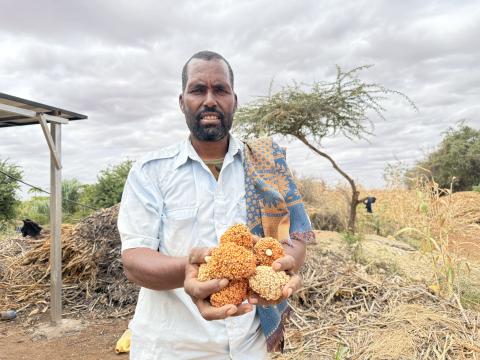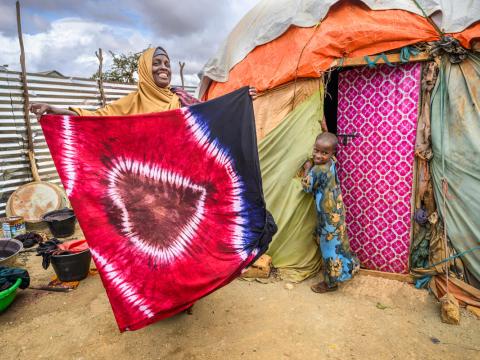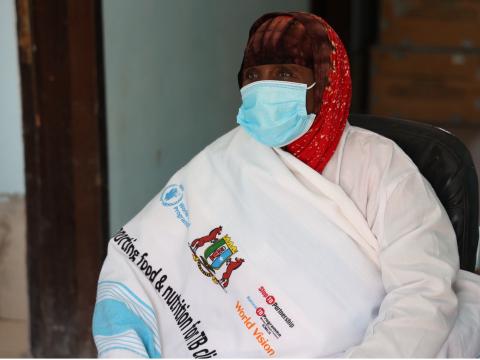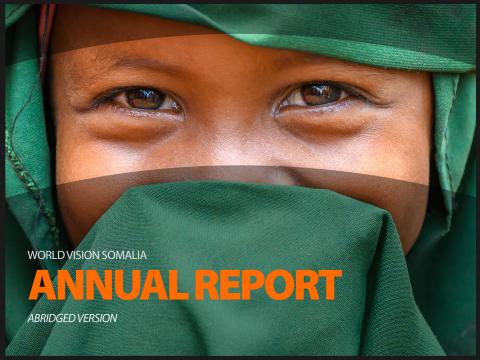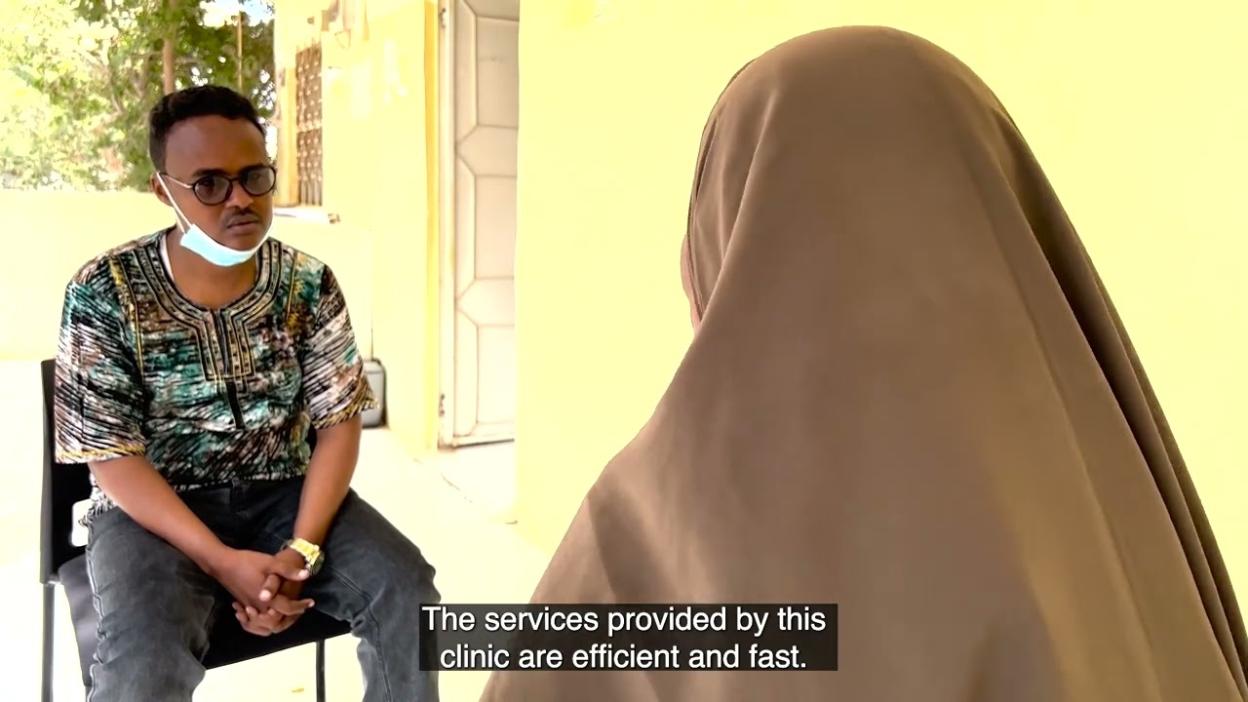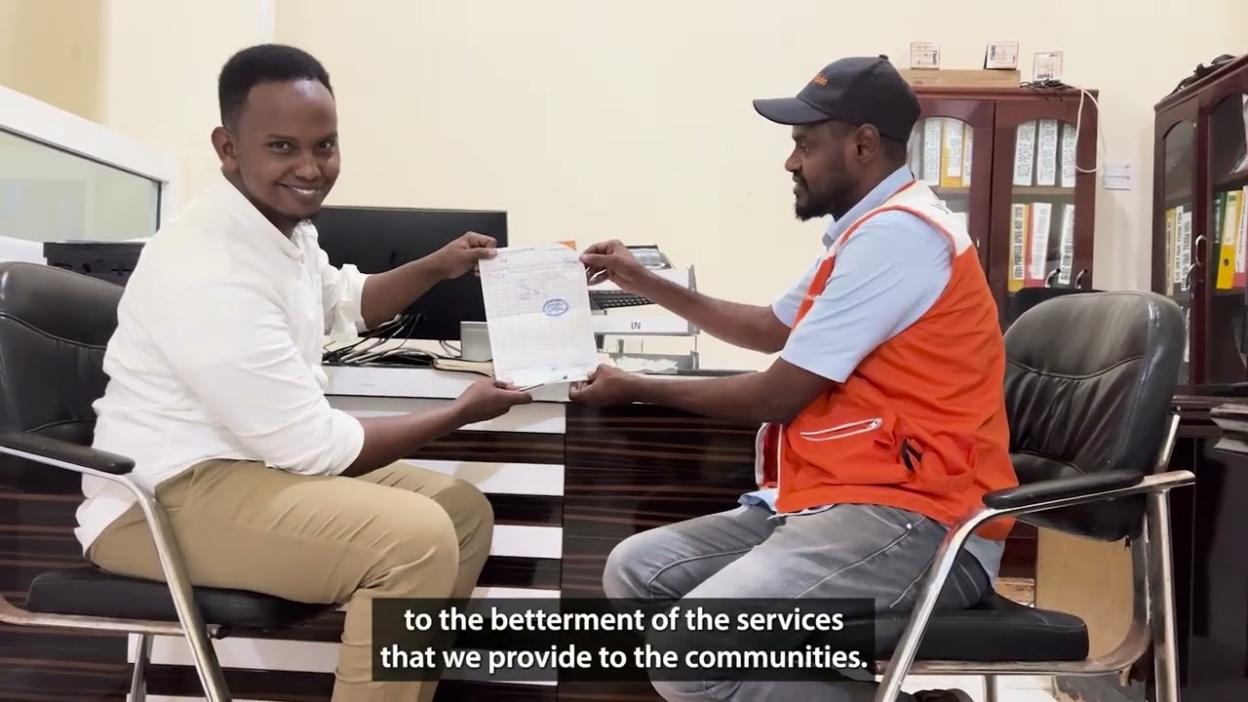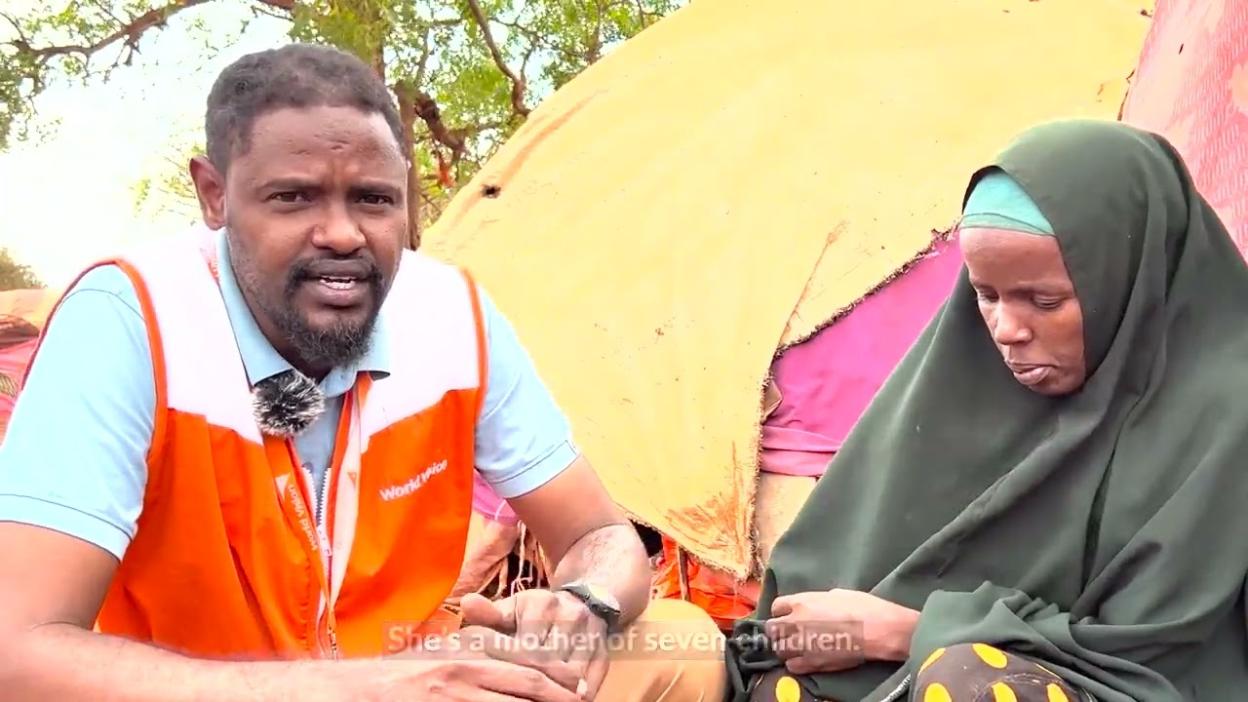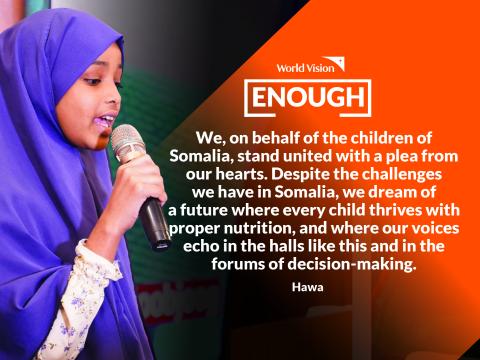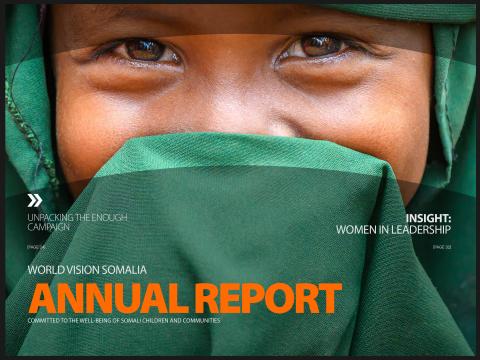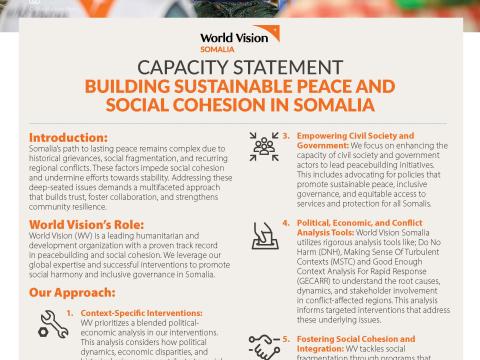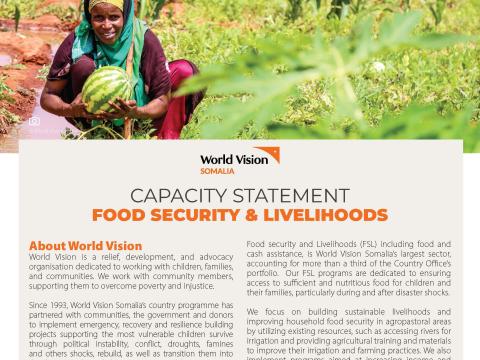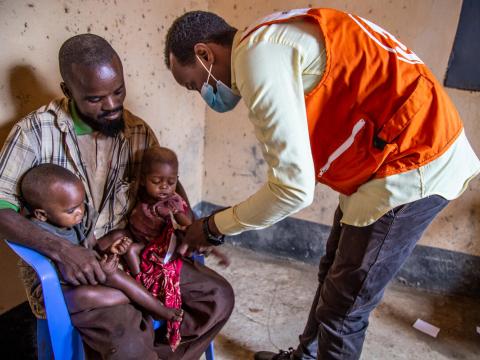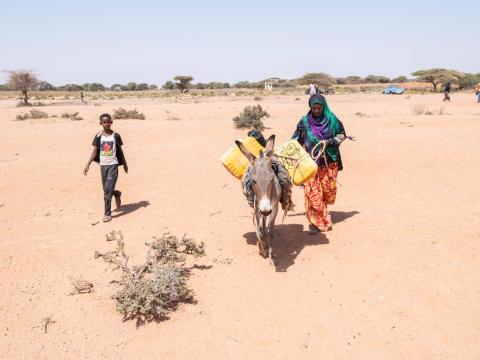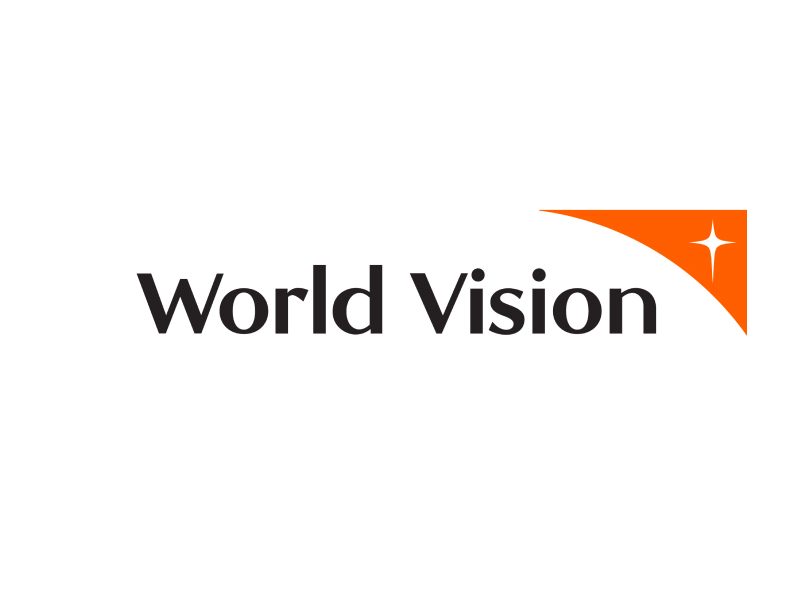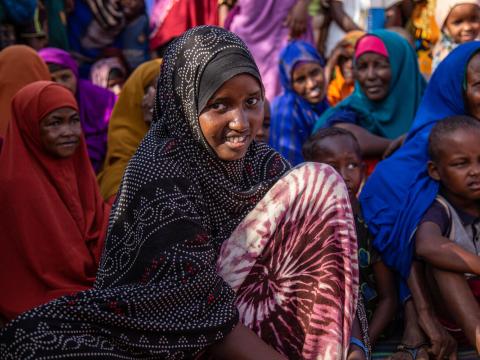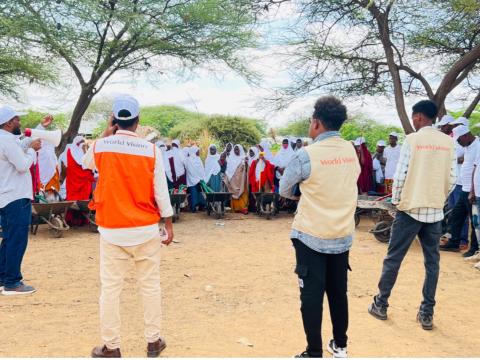
Somalia
World Vision Somalia
World Vision Somalia is a member of the World Vision International (WVI) Partnership, working in the country since 1993. Our mission is to support vulnerable children and communities for enhanced resilience and well-being. World Vision aims to improve the lives of 2 million children and communities in Somalia by 2025. We focus on finding solutions to the underlying causes of vulnerability in the country's ongoing humanitarian crisis.
World Vision's key interventions encompass Food Security and Agricultural Recovery, Health and Nutrition, Water, Sanitation, and Hygiene, Education, Advocacy, and Emergency Response. This holistic approach directly contributes to enhancing the well-being and resilience of communities in Somalia, with a specific emphasis on health, education, water, sanitation, and food security.
Since 2005, World Vision has been a vital partner with the government, steadfastly delivering the TB control program across Somalia, and overcoming contextual challenges. This enduring program operates in 78 out of 90 districts, encompassing 105 TB facilities, and plays a crucial role in building the Government's institutional capacity for planning, monitoring, and delivering TB services.
Our Impact
1,455,372
173,000
154,000
Our Areas of Focus
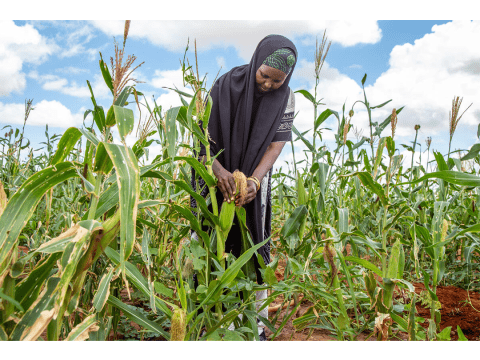
Food security and livelihoods (FSL)
Our Food and Livelihoods programs are dedicated to ensuring access to sufficient and nutritious food for children and their families, particularly during and after disaster shocks.
The main goal is to help vulnerable households affected by disasters by providing them with food and emergency money. A significant number of affected individuals relocate from rural regions to makeshift settlements in internally displaced camps located in major towns.
The program also aims to enhance household food security in agropastoral areas by utilizing existing resources, including accessing rivers for irrigation. Agricultural farming communities receive training and materials to improve their irrigation and farming practices.
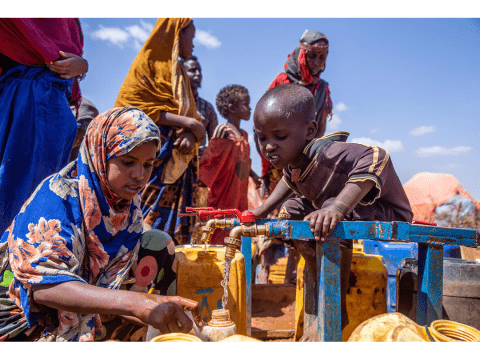
Water, sanitation and hygiene (WASH)
World Vision is dedicated to improving children's access to clean water, promoting hygiene practices, and ensuring their overall health and dignity.
Our initiatives include rehabilitating classrooms, constructing latrines, providing school meals, and enhancing teacher training.
We also construct water points near homes and schools, reducing the risk of abuse for children fetching water. This integrated approach across community, education, and health facilities, through various Water, Sanitation, and Hygiene (WASH) interventions, ensures that more Somali children now have access to clean water, contributing to improved educational outcomes.
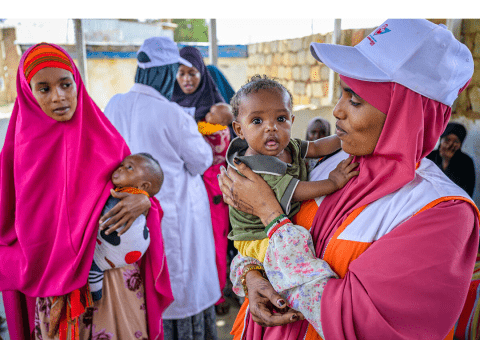
Health and Nutrition
World Vision is dedicated to enhancing the health and nutrition of Somali children, women, and communities with a primary focus on child well-being.
To achieve this, we aim to protect children from infection and disease while ensuring they are well-nourished.
World Vision collaborates with federal and state governments to strengthen health systems through infrastructure development, the provision of medical supplies, capacity building, and incentives for health personnel. Additionally, World Vision collaborates with other stakeholders to address diverse health and nutrition challenges.
The implemented sectoral strategies, emphasizing resilient livelihoods and food security, have proven effective in promoting child well-being. They employ innovative approaches to enhance capacity and systems, contributing to improved healthcare services in Somalia and Somaliland.
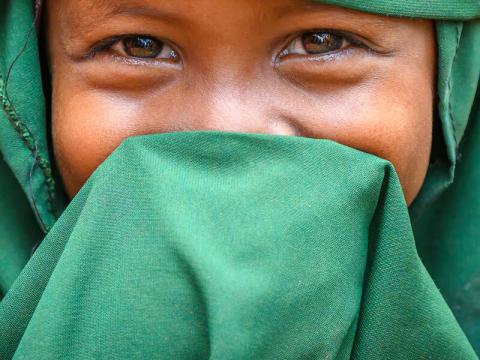
Child Protection
World Vision collaborates with like-minded stakeholders to enhance child protection outcomes, ensuring the safeguarding of children from abuse, neglect, exploitation, harmful practices, and various forms of violence.
In our commitment to bolster the protection of girls and women, we provide frontline workers with training on Gender-Based Violence (GBV) prevention, along with conducting GBV awareness-raising campaigns. Our dedicated teams also provide psychosocial and livelihood support for survivors of GBV.
World Vision works on addressing child protection, parenting, and child abuse issues in Somaliland, Puntland, and the South West regions. We do this through different project models. These models encompass Learning Through Play, Basic Education Improvement Plan (BEIP) School Feeding, Child Protection & Advocacy (CP&A), and Community-Change initiatives.
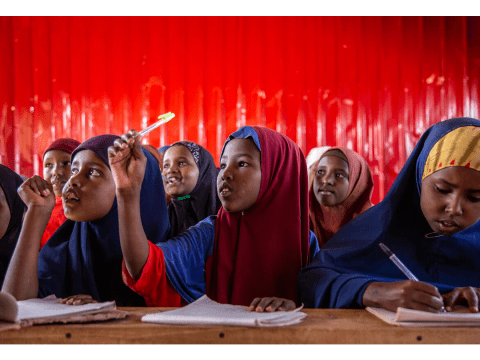
Education
World Vision is collaborating with other organizations in Somalia to ensure that children have access to quality education equipping them with essential skills for the future.
This collaboration extends to Education Ministries in Puntland and South West States, as well as local community groups and education committees.
Our initiatives include repairing and constructing classrooms, ensuring clean water and toilets, and rewarding teachers. Furthermore, we implement teacher training programs to enhance teaching skills.
These efforts assist in increasing the number of children attending school. This, in turn, provides them with additional time spent with teachers. Ultimately, improving their academic performance.
